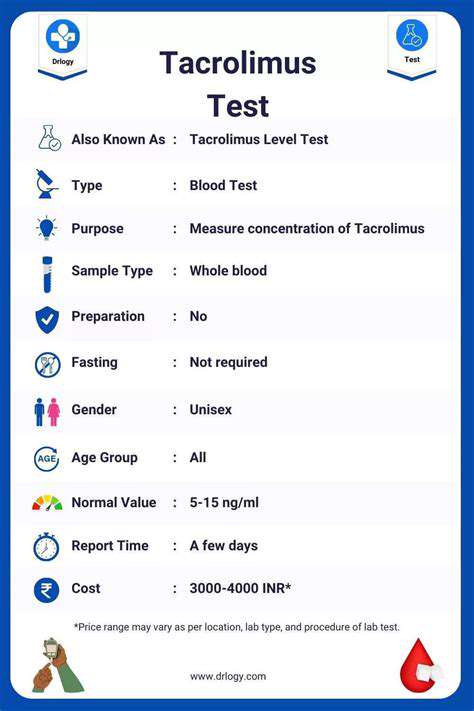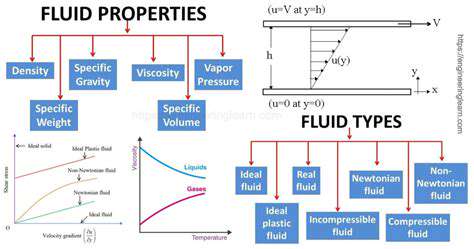Understanding these causes helps owners implement preventive measures. Regular inspections of the transmission housing and immediate attention to any fluid spots in parking areas can help catch leaks before they become serious problems.
Consequences of Low Transmission Fluid
Operating with insufficient fluid creates a cascade of mechanical issues. The lack of proper lubrication causes metal-on-metal contact between moving parts, generating excessive heat that accelerates component wear. Prolonged operation with low fluid often leads to complete transmission failure requiring expensive rebuilds or replacements.
The financial impact can be substantial, with transmission repairs often ranking among the most costly automotive services. Beyond the monetary cost, transmission failures frequently leave vehicles inoperable for extended periods, creating significant inconvenience for owners.
Maintaining Adequate Transmission Fluid Levels
Proper maintenance involves three key practices: regular level checks, timely fluid changes, and using manufacturer-approved products. Modern vehicles typically require fluid replacement every 30,000 to 60,000 miles, though severe driving conditions may necessitate more frequent service.
Always verify the transmission fluid level with the engine running and the transmission in park, as specified in your owner's manual. This ensures an accurate reading since the fluid circulates through the system during operation. Many transmission experts recommend professional servicing for fluid changes to ensure proper procedures are followed.
Preventive Measures for Future Issues
Smart driving habits significantly impact transmission longevity. Avoid aggressive acceleration that stresses transmission components, and always allow the vehicle to warm up in cold weather before driving. Regular visual inspections of the transmission area for leaks or damage should become part of every owner's maintenance routine.
For vehicles subjected to heavy use or towing, consider installing an auxiliary transmission cooler. These devices help maintain optimal operating temperatures, particularly important when fluid levels might be borderline. Preventive maintenance consistently proves more cost-effective than major transmission repairs.

Modern diagnostic tools have revolutionized vehicle maintenance, but nothing replaces regular manual checks for basic fluid levels. The most advanced transmission systems still rely on proper fluid maintenance to function correctly. Developing consistent inspection habits remains the best defense against unexpected transmission failures.
Beyond the Basics: Understanding Transmission Fluid Types

Specialized Fluid Formulations
Today's transmission fluids contain sophisticated additive packages designed for specific applications. Conventional mineral-based fluids still serve many older vehicles, while modern transmissions increasingly require synthetic blends with enhanced thermal stability and friction modification properties.
Using the wrong fluid type can void warranties and cause immediate operational issues. Some transmission designs are particularly sensitive to fluid specifications, with incorrect products causing shifting problems within the first few miles of operation.
The Evolution of Transmission Fluid Technology
Fluid technology has advanced significantly to meet the demands of modern transmissions. Continuous variable transmissions (CVTs) require specialized fluids with unique friction characteristics, while dual-clutch systems need formulations that can handle extreme pressure conditions.
Manufacturers now produce transmission fluids with extended service intervals, some claiming 100,000-mile change periods. However, many transmission specialists recommend more frequent changes, particularly for vehicles operating in severe conditions.











